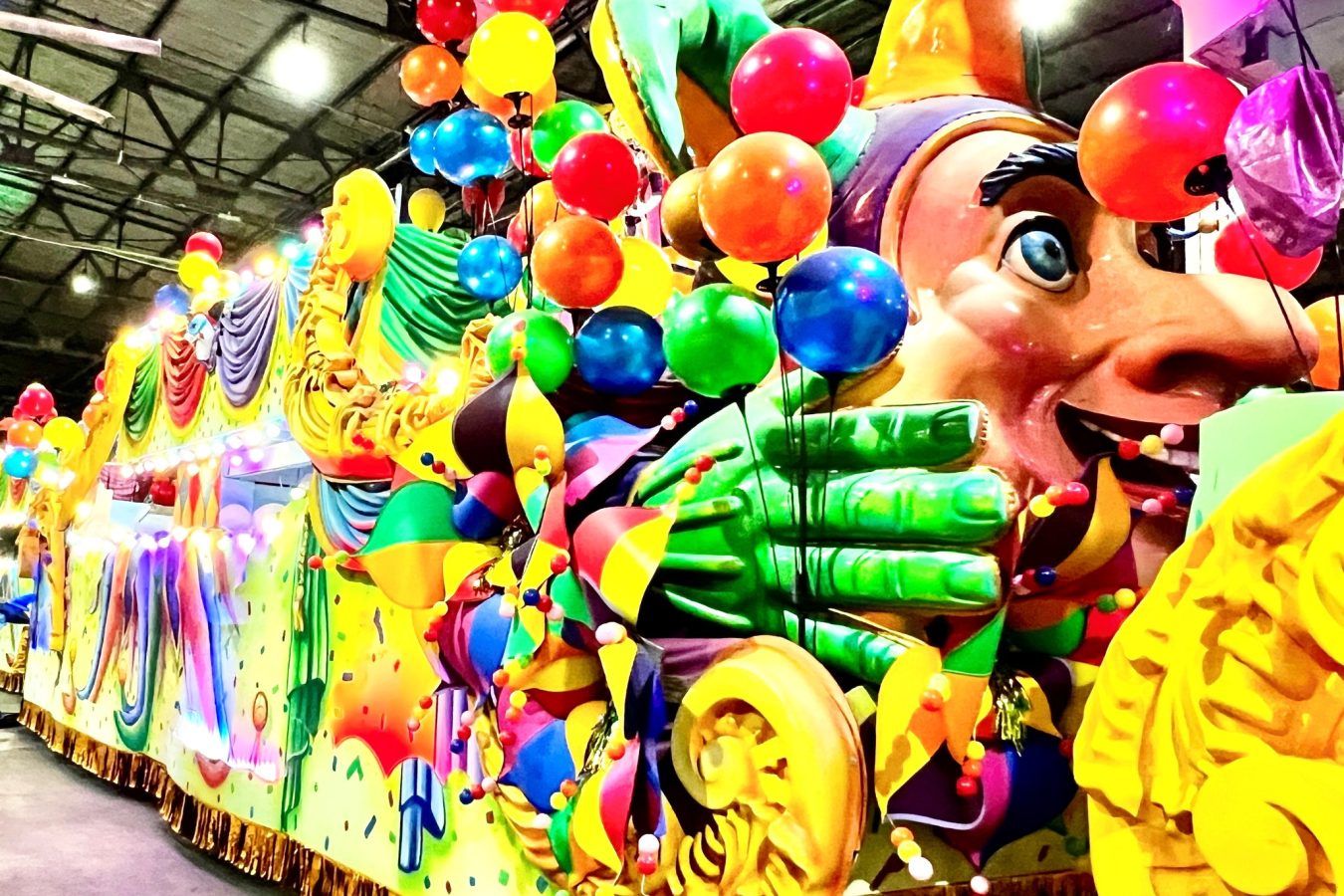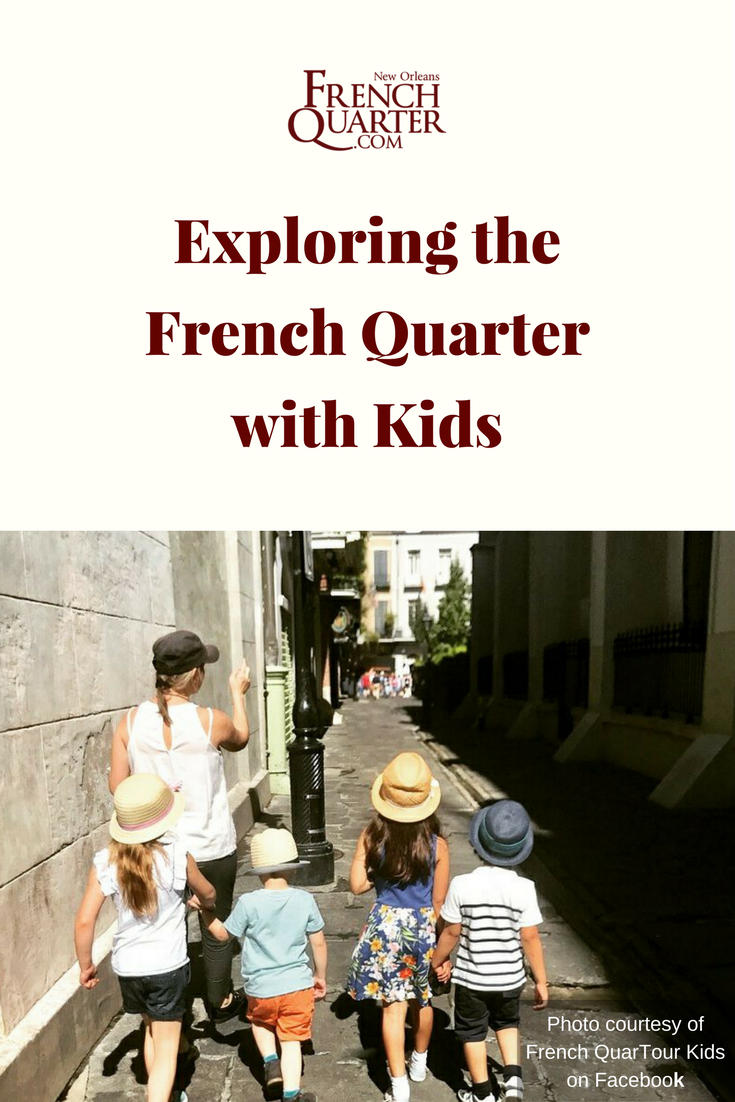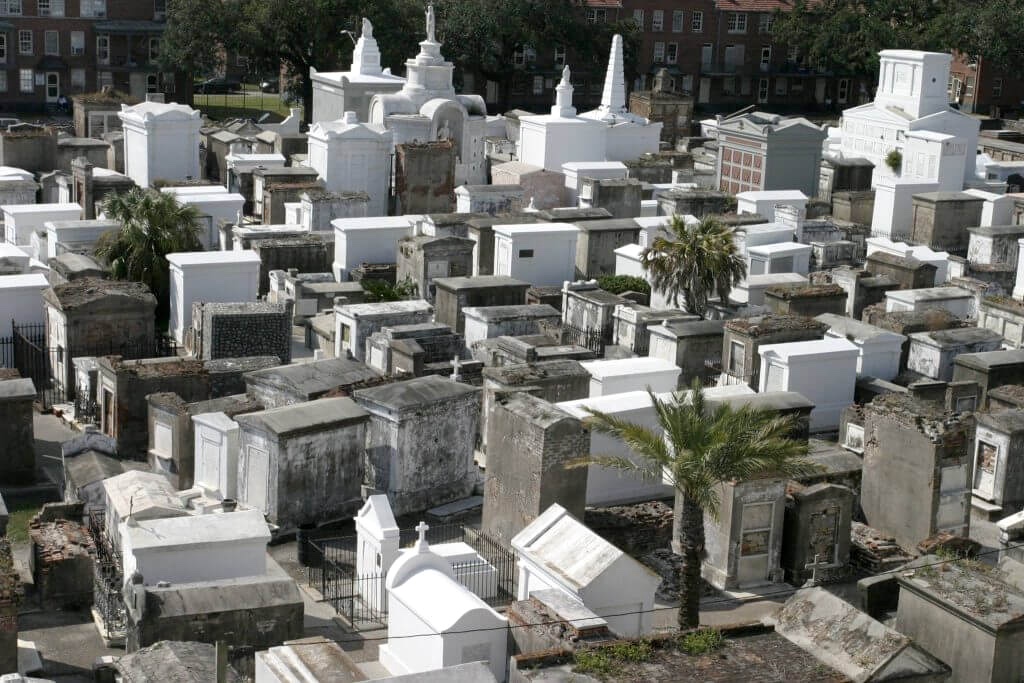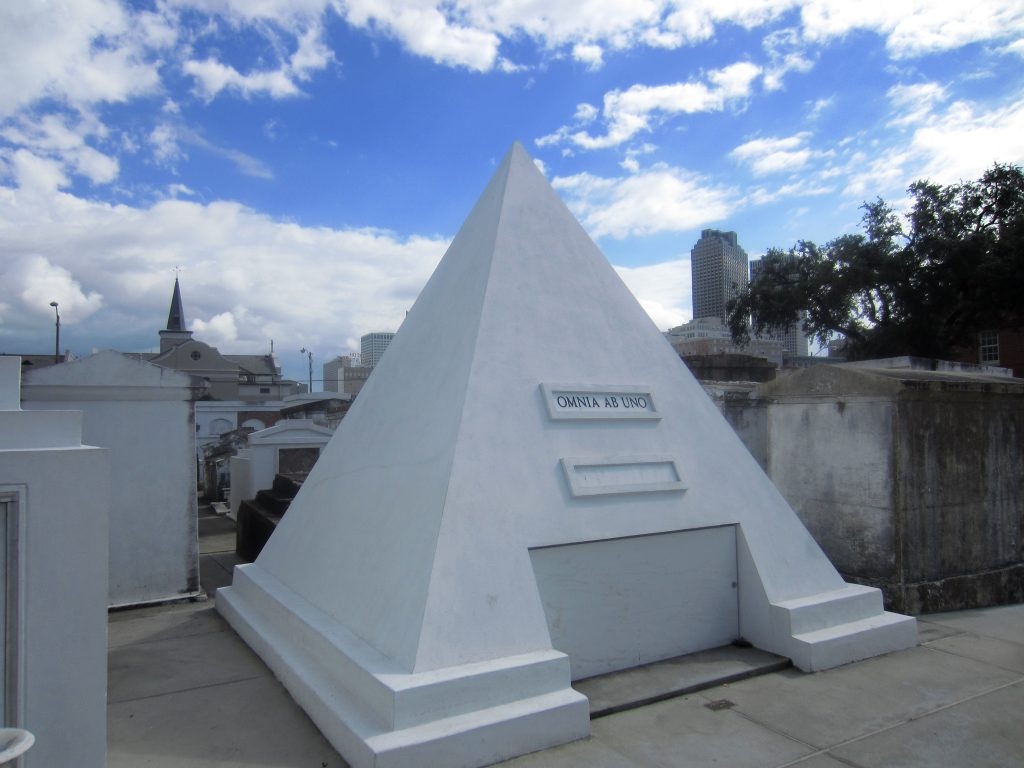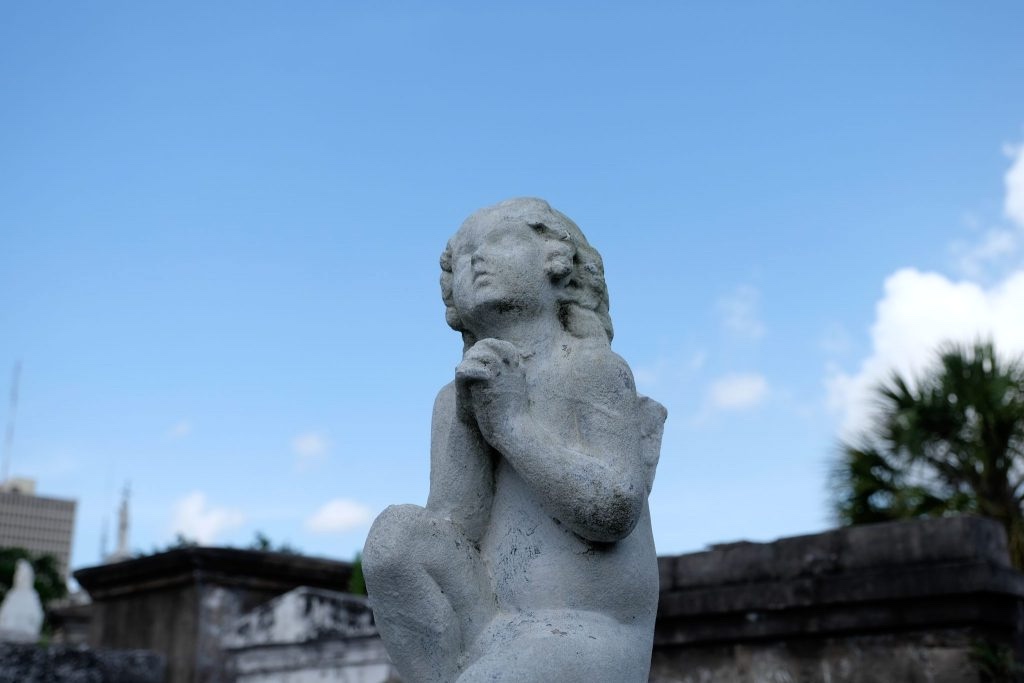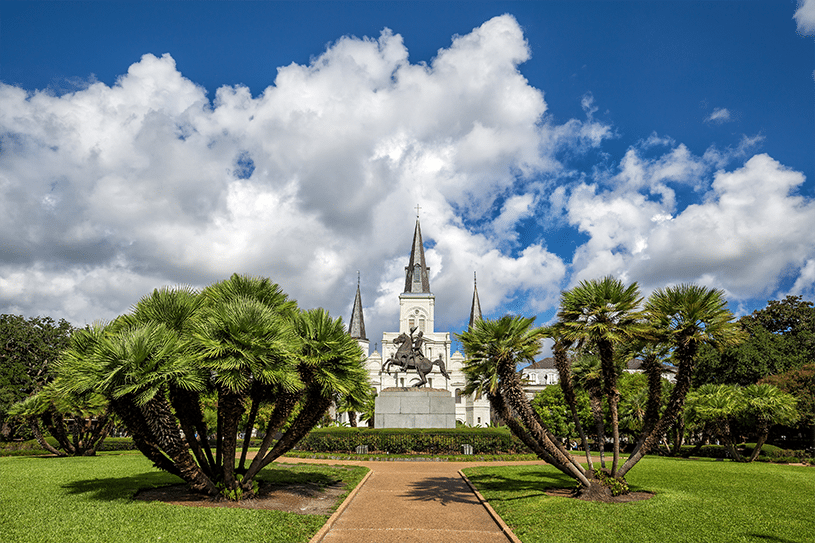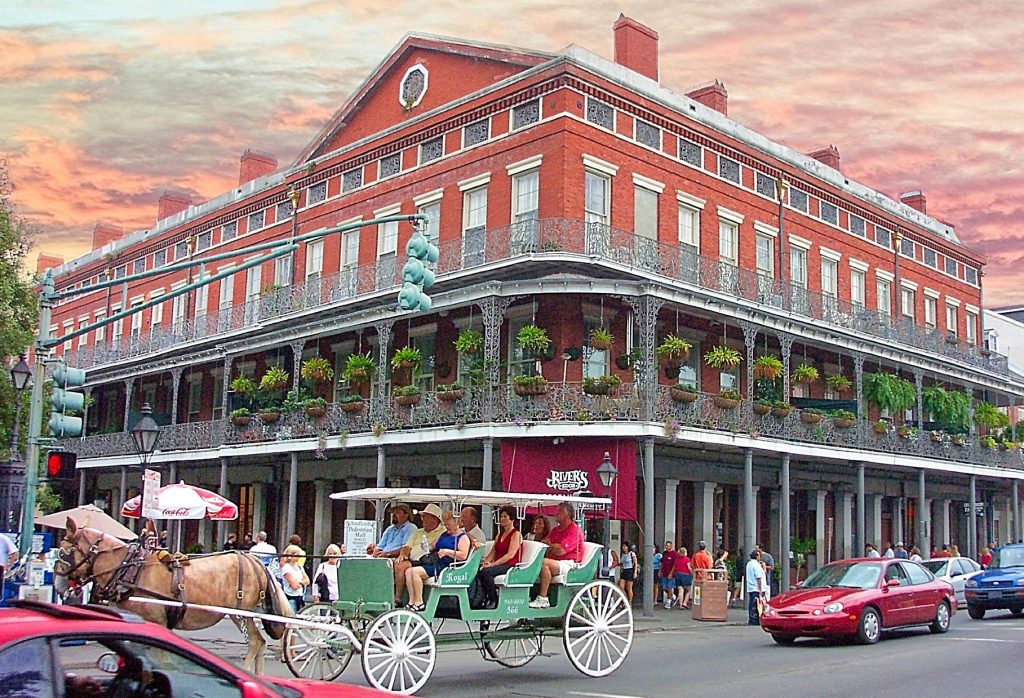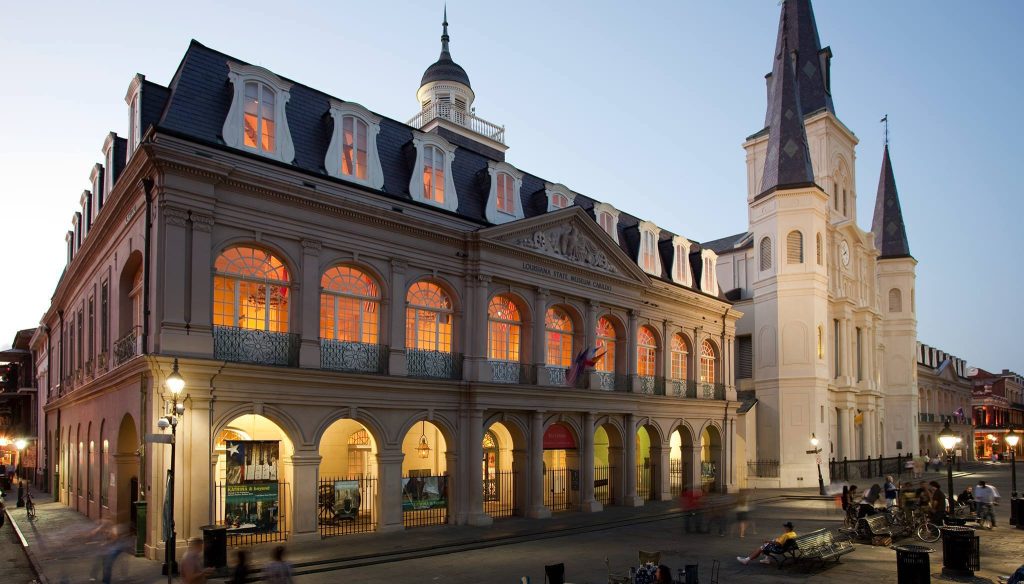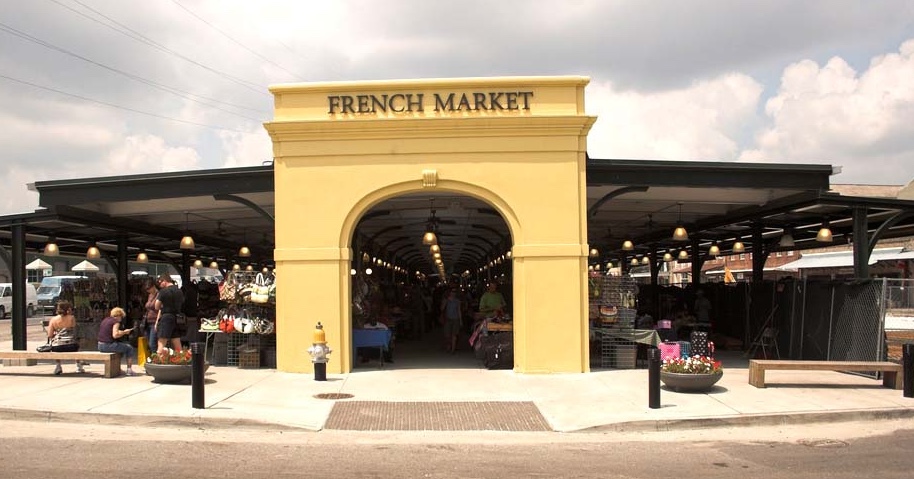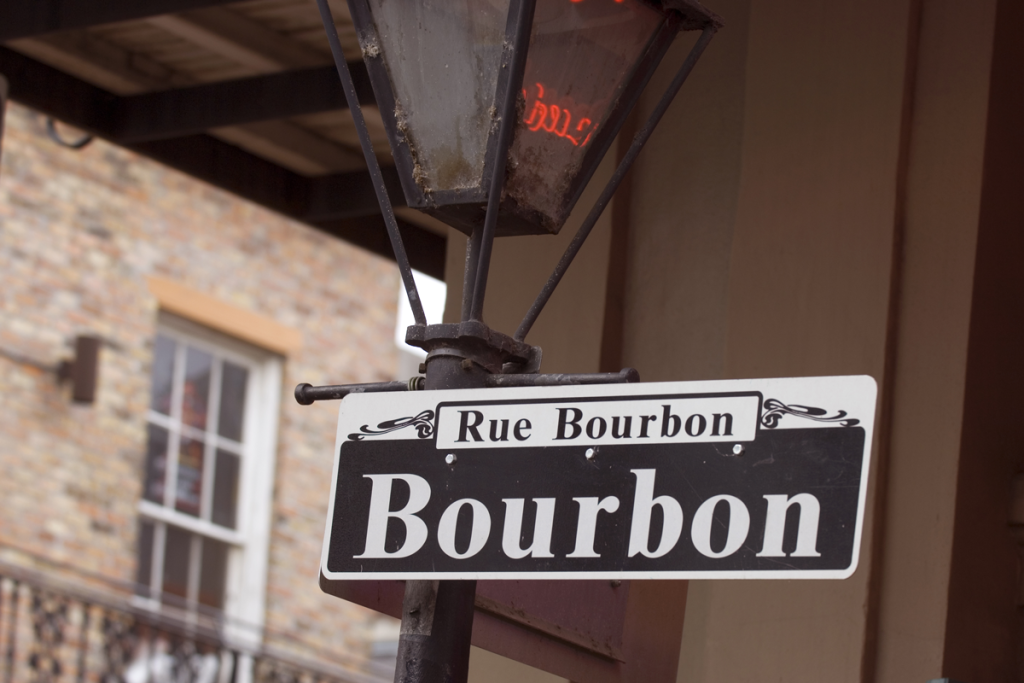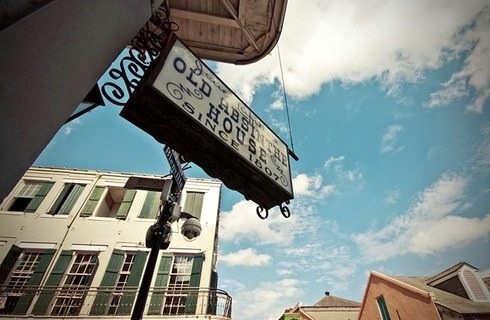Exploring the French Quarter and Nearby With Kids
While “child-friendly” or “family-friendly” may not automatically come to mind when, say, Bourbon Street is mentioned, New Orleans is packed with things you can do as a family, for kids of all ages. Here are our favorite family-friendly destinations and things to do close to The Brakeman Hotel.
Where to Eat
Start off with a relaxing breakfast at Vacherie Restaurant located inside Hotel St. Marie. There are kid-friendly items on the menu, such as a breakfast sandwich, house-made grits, and muffins.
For an old-world French breakfast or lunch, head to the Croissant D’Or Patisserie. This intimate Parisian-style patisserie tucked between Royal and Chartres on Ursulines Street will satisfy the whole family with its array of cakes, quiches, fruit tarts, and sweet and savory croissants. Everything is made daily and served fresh from the bakery. The cafe au lait and cappuccino are perfect, and there’s a magical little tiled courtyard.
Of course, there is the classic local breakfast/snack option, the 24-hour Cafe Du Monde on Decatur Street. Since 1862, this iconic cafe has been serving a simple menu of coffee, cafe au lait, and beignets. The cafe is open-air, so there’s a lot of room in which to navigate, and no reservations are necessary. As a bonus, your visit will probably be accompanied by live music coming from any number of the street entertainers performing nearby.
Great family-friendly options in Tremé include a legendary soul food restaurant Dooky Chase’s, the upscale Gabrielle, and the casual Li’l Dizzy’s Cafe, a popular choice for profoundly New Orleans fare.
What to See
While some tours are decidedly not for little ears because they focus on vampires and ghosts, French Quartour Kids caters to kids ages 4 to 18 with six walking tours, all within a six-block radius. There’s the Ghost Hunt, a child-friendly version of the ghost tour. The teen tour (11-18) explores the history of French Creoles and the military and trade past of New Orleans. The tour for the very little ones (4-7) keeps it simple and fun with a pirate treasure hunt and dress-up.
Don’t feel like committing to a guided tour? The Cabildo and The Presbytere, two historic buildings flanking St. Louis Cathedral on Jackson Square, are part of the Louisiana State Museum. Each offers excellent exhibits. The Cabildo houses such precious artifacts as a painting of Marie Laveau by Frank Schneider and a rare death mask of Napoleon.
On the other side of the cathedral, The Presbytere houses several exhibits, including the two permanent ones we always recommend. The all-encompassing “Mardi Gras: It’s Carnival Time in Louisiana” tells the story of the Carnival traditions in Louisiana; the dazzling costumes alone are worth the visit. The “Living with Hurricanes: Katrina and Beyond” exhibit offers interactive displays and artifacts related to that disaster.
To give everyone’s feet a break, grab a mule-drawn carriage tour on Decatur Street right outside the Jackson Square gate. It’s first-come first-served, 8 a.m. through midnight daily. The French Quarter and More tour is a good alternative to a daytime walking tour and covers the French Quarter and the Marigny. It’s perfect for families with small kids because it’s one hour long and children under four ride free.
If you want a quick respite from the crowds, Louis Armstrong Park, right by the hotel and just across N. Rampart Street in Tremé, is a 32-acre expanse of green and is excellent for a quiet walk and turtle-spotting. Check out the iconic Congo Square and Armstrong’s statue. Armstrong Park is also home to several excellent annual food and music festivals, so depending on what time of year you are staying with us you might end up with a local fest on your doorstep.
One of the city’s most famous “cities of the dead,” St. Louis Cemetery No. 1, is located at Basin and St. Louis Streets, just steps away from the hotel. Civil rights activist Homer Plessy and voodoo queen Marie Laveau are buried in this cemetery, which was founded in 1789. Guided tours are available, and they’re family-friendly.
As another option, head to the Riverfront and watch the boats go by. New Orleans is still a busy port, and you can spot freighters, cruise ships, barges, tugboats, and the uniquely Twainesque Steamboat Natchez. Bring a po-boy or a muffuletta for a bench picnic, and walk the stretch of the Riverfront dotted with public art and street performers.
If you have a few hours to spare, the Audubon Aquarium of the Americas, located on the Riverfront, will keep your kids enthralled with its walk-through tunnel, otters, penguins, sea turtles, a stingray touch-pool, and an expansive replica of an offshore oil rig submerged in 400,000 gallons of water. Right next door, the Audubon Butterfly Garden and Insectarium is packed with bug-centric interactive exhibits and features a dreamy butterfly garden.
Then there’s Mardi Gras World, a magical place for kids of all ages. You’ll find it downtown, located along the Mississippi River, next to the Morial Convention Center.
More than 80% of the parade floats that you see on the streets of New Orleans during the Carnival season are designed and built at this 300,000-square-foot warehouse that belongs to Kern Studios. The history of Kern Studios dates back to 1947, when it was founded by the late float designer and builder Blaine Kern.
The guided tour covers the history of the Carnival that began in 1837 with floats pulled by mule-drawn carriages, including the balls, the krewes, and other traditions. If you want a tour, a Mardi Gras World shuttle can pick you up (included in the ticket price) from one of the many designated locations downtown and in the French Quarter. There are no prearranged pickups, so just call 504-361-7821.
Also, feel free to take advantage of a free slice of King Cake offered at the end of the tour (it’s not easy to find out of season), and the great views of the Mississippi River from the on-site café.
Where to Shop
Your kids will probably get a kick out of the Maskarade (630 St. Ann Street), which features a selection of fabulous creations by local artists as well as high-end handmade Italian masks done in the Venetian style. Or visit the Mask Factory (515 Decatur Street), to get a souvenir to take home.
Also on Decatur, The Shops at JAX Brewery is a four-story mall full of gift shops, boutiques, kiosks, and restaurants. And, now there’s a store your kids might love. Santa’s Quarters is solely dedicated to Christmas year-round, so it’s Christmas all day, every day.
Further down is the French Market, perfect for browsing, with its six-block-long stretch of the farmer’s market, flea market and food stalls. Vendors come from all over the world, and whether you are looking for a bottle of Louisiana hot sauce to bring home or spices or a Zydeco CD — you’ll find it there — along with raw oysters, po-boys, gourmet cheese, and pralines.
Are You Visiting New Orleans Soon?
We’d love for you to stay with us! And if you do, consider booking a guided tour of St. Louis Cemetery No. 1 to experience the hauntingly beautiful past of New Orleans.
For easy, informative sightseeing, we recommend the City Sightseeing New Orleans city tour on the open-top, double-decker bus. It runs every 30 minutes through the Garden District, French Quarter, and CBD. You can hop on and off anytime, and your kids won’t have to do all this walking.
Take advantage of The Brakeman Hotel specials, group rates, and best-rate guarantee for greater savings to spend on New Orleans’ famous cuisine and enjoy everything this magnificent city has to offer. Reserve your room today!

